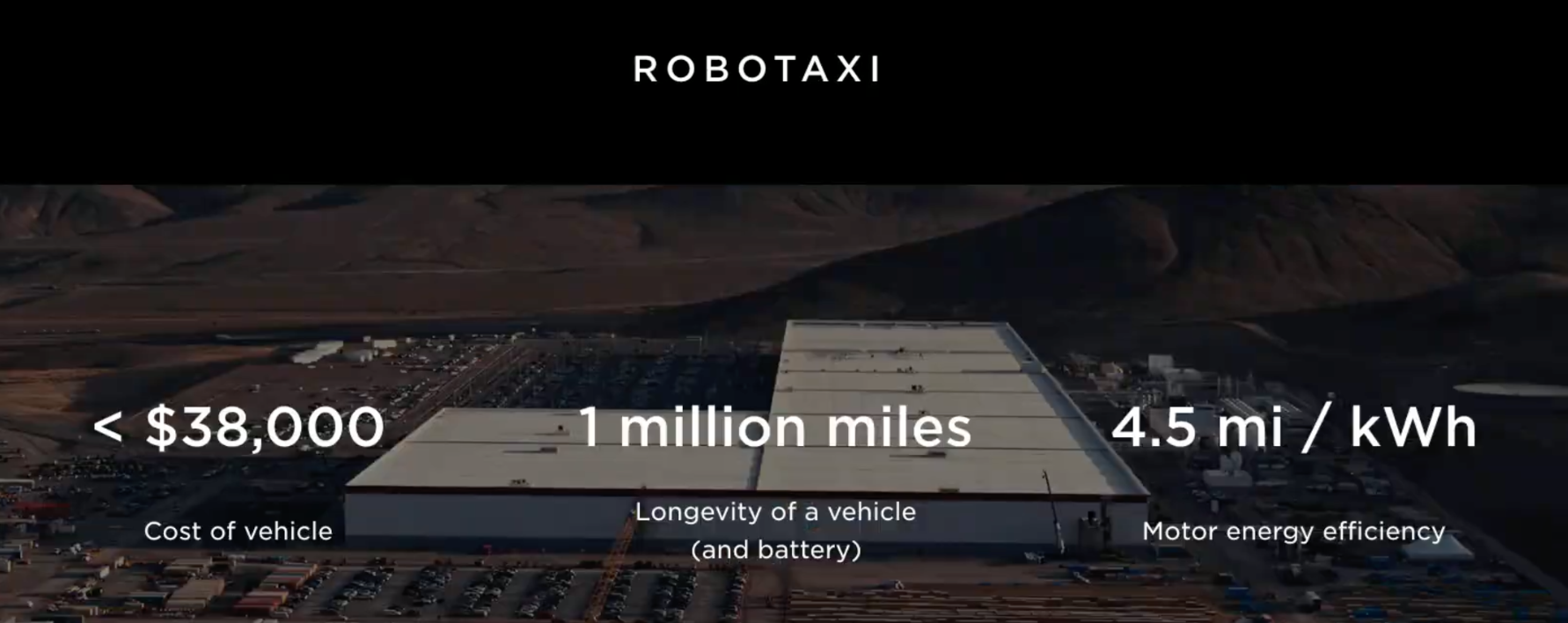Mining giant Newmont suspended processing operations at its Telfer gold operation in WA yesterday after cracking was detected at a tailings dam. But what is the significance of a cracked tailings dam, and why would it force an entire mine to come to a halt?
One small crack in a large-scale tailings dam may not seem like a problem on the surface, but unchecked cracking can lead to an entire dam failing which can have disastrous consequences on people and the environment.
Tailings dams store huge quantities of left-over materials from the mining process. Often, these by-products are toxic and if a dam fails, can engulf a large area, sweeping away anything in its path.
To prevent this, sophisticated risk management systems must be used, which is why Newmont suspended operations at Telfer so quickly.
“Following initial detection of cracking, Telfer activated its response plan including closure of some work areas near the TSFs (tailings storage facility) while analysis and monitoring was undertaken using radar and drone technology,” Newmont said in a statement.
Australia generally has a lower failure rate for tailings dams, primarily because of the drier climate and flatter terrain which results in lower dam heights and fewer issues managing excess water. Tailings dams in Australia also have stringent safety requirements.
Newmont informed the Department of Energy, Mines, Industry Regulation and Safety (DEMIRS) that no tailings or water were seeping from its internal embankment.
“DEMIRS continues to liaise with Newmont to ensure monitoring results are not indicating any impact to groundwater quality as a result of the cracking identified in the internal embankment,” a DEMIRS spokesperson said.
While mining operations have continued at Telfer, it is unknown how long processing will be suspended for.
Subscribe to Australian Mining and receive the latest news on product announcements, industry developments, commodities and more.




